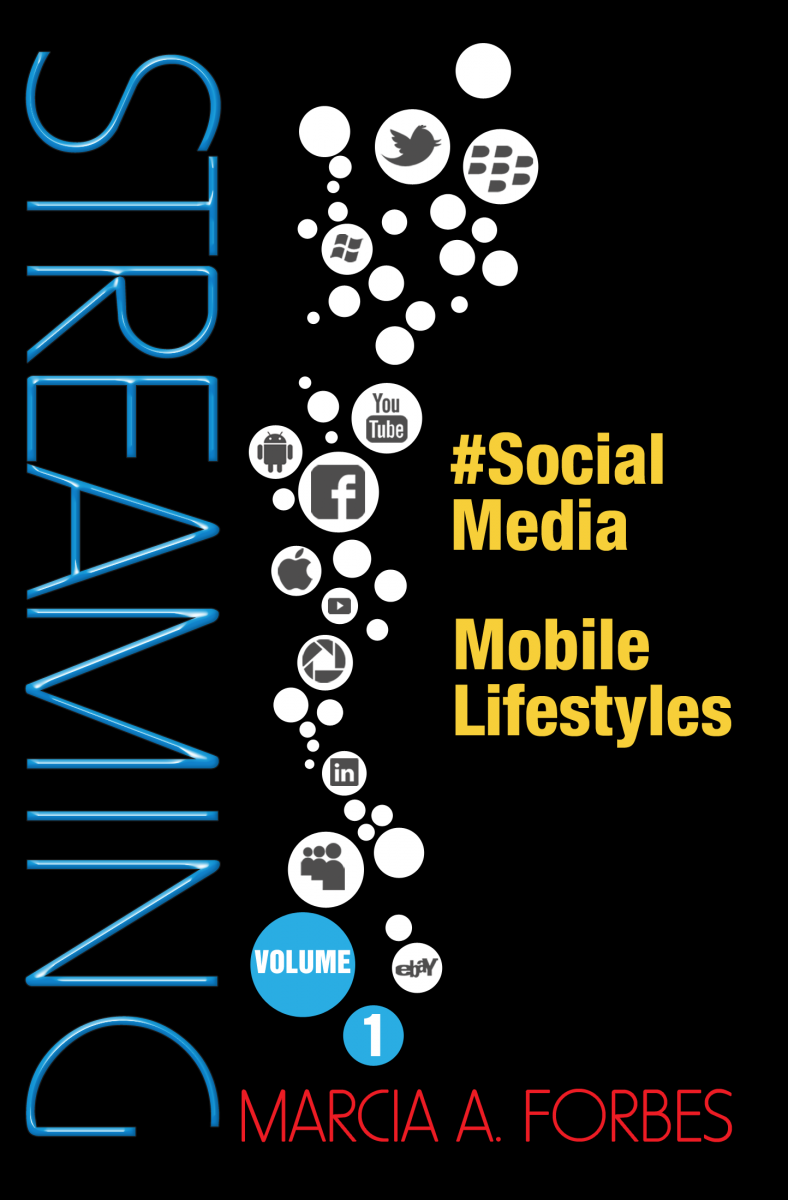I was very keen to find out where in the house or elsewhere young people mainly watched videos. Did they mainly watch in areas of the house easily accessible to other family members or by themselves in private? Watching TV by one’s self is a different experience from watching with relatives, friends or strangers. It can also be very different depending on which relatives, e.g. adults versus siblings, you watch with. It can also be very different depending on which friends e.g. girlfriend/boyfriend versus regular peers, you watch with.
A recent experience I had bore this out quite clearly. A few Sundays ago I watched the US elections with a group of Jamaican friends. Between them they knew all the representatives, whether Democrats or Republicans. I got a running commentary on each representative as the evening progressed. Between eating German sausages and jerked Jamaican birds while watching the signal from a US satellite, I had a full education in American politics—from the point of view of my Jamaican friends and peers who all live here. No doubt, watching the same elections with American friends or even Jamaicans who live in the USA would have given me a different type of education.
This is how it sometimes plays out with adolescents when they watch music videos with friends or relatives. Each one brings a bit of information or question to the discussion from his or her own perspsective. Depending on who they’re watching with and the context of watch

ing, the nature of the information/questions will differ. According to one young girl who was watching a video with her Grandmother, the latter wanted to know, “Why are they dressed like that, half naked? What are they wearing? Are they wearing clothes? This stands in stark contrast to another girl’s admission that when she watched videos with her friends, “some of the girls dem would say it make them feel like they are horny.” No doubt this kind of information would not be shared with Grandma!
In response to the question as to where they mainly watched videos, more than half (54.4%) said they mostly did so in the living/family room. Interestingly though, almost a half of them (49%) mostly watched in their bedrooms, while just under 20% watched in their parents’ bedroom. Fewer (17.1%) watched in their brothers’ or sisters’ room. A fairly large number (32.2%) watched at their friends’ house
Where Do You Mostly Watch Music Videos?
|
Viewing Venue
|
Percentage
|
|
Living Room
|
54.4%
|
|
Own Bedroom
|
49.0%
|
|
Friend’s House
|
32.2%
|
|
Parents’/Guardians’ Bedroom
|
19.8%
|
|
Brother’s or Sister’s Room
|
17.1%
|
|
Other Places
|
17.0%
|
So what does this all mean? Adolescents who mostly watch in public areas like family/living rooms are more likely to have other people around while they watch. This of course assumes that they are not alone at home when they watch music videos. In the fairly ‘public domain’ of living/family room other family members are probably present or pass through as the adolescent watches. Comments or questions pertaining to the videos are likely to be raised. This kind of mediated viewing may colour the adolescent’s interpretation of what is being watched.
This brings me back to watching the US Congressional elections with friends. Each one brought a different perspective based on the political party they supported. The avowed ‘Bushies’ said different things about the same candidate than the Democrats in the group. These opinions mediated my viewing experience. However, based on my general support for the Democrats, I tended to be more favourably inclined to believe positive things about them than I was of the Republicans. So it is with teenagers. In general they tend to be more favourably inclined toward music videos than adults and may block negative things adults have to say such as the Grandmother’s questions which were really judgment statements more than questions.
Mediated viewing can be a positive or negative experience for adolescents as well as for adults. There are TV programmes young people watch with adults and a great time is had by all. Quiz shows or competitions are great family programmes. Youths pit their knowledge against adults and especially when adults are willing to allow them to ‘win’ can be great for bonding. Other programmes can cause either the young person or the adult to feel embarrassed. Research out of the United Kingdom speak of the ways in which young people deliberately disguise their knowledge of sex related matters so as to prevent their parents from feeling embarrassed when they watch together. They act dumb to protect their parents.
It seems though that many adolescents (nearly a half of them in the survey) mostly watch videos by themselves since they watch in their own bedrooms. The challenge of interpreting this finding is whether that bedroom really belongs to the adolescent or is in fact shared with others but claimed by the adolescent. I will take it as the former and therefore assume that viewing in this context is a private affair. In this scenario the adolescent by him/herself watches in the privacy of his/her bedroom. Viewing is unmediated. No Grandmothers to ask annoying questions. No pretending not to know the meanings of the sexual innuendos to save face for the parents/adults.
But what exactly happens when young people watch at their friends’ home? Almost one third of them admitted that they do this. In this scenario where do they watch? Bedroom, living room, where? Are the parents or other adults at home? While the survey findings do not allow me to answer these questions, what is almost certain is that at their friend’s house young people watch together. Research has shown that this type of viewing can be potentially problematic. The social context of viewing is an important variable in determining how adolescents interpret what they see on television. Peers are very important and influential during adolescence.
Research findings suggest that peer mediation in anti-social television content can have harmful effects. I am not suggesting that music videos en block are anti-social but there are some which border on this. Those which feature virtual pornography as aired on BET Uncut fit this category. Based on focus group reports, adolescents, especially the boys, love them. They stay up late at night to watch. With almost half of the adolescents in the survey reporting that they watch music videos in their bedrooms, it is clear that many are able to watch in private.
Peer mediation has greater influence than parental mediation and boys have been found to be particularly receptive to peer communication about sex. This kind of mediation does not only come by young people watching TV together. Mediation can occur through the telephone as they watch and discuss on the phone what they see. It can also take place at school, where, from focus group reports, there are usually on-going discussions about music videos. Parents need to be aware of this.
What are your boys watching on TV late at night? If they tell you it’s only music videos to help them unwind and de-stress, take a look for yourself. It may be that to the contrary they are winding up and stressing themselves, wondering if they measure up to the images of masculinity they see portrayed in music videos.
 ing, the nature of the information/questions will differ. According to one young girl who was watching a video with her Grandmother, the latter wanted to know, “Why are they dressed like that, half naked? What are they wearing? Are they wearing clothes? This stands in stark contrast to another girl’s admission that when she watched videos with her friends, “some of the girls dem would say it make them feel like they are horny.” No doubt this kind of information would not be shared with Grandma!
ing, the nature of the information/questions will differ. According to one young girl who was watching a video with her Grandmother, the latter wanted to know, “Why are they dressed like that, half naked? What are they wearing? Are they wearing clothes? This stands in stark contrast to another girl’s admission that when she watched videos with her friends, “some of the girls dem would say it make them feel like they are horny.” No doubt this kind of information would not be shared with Grandma!

